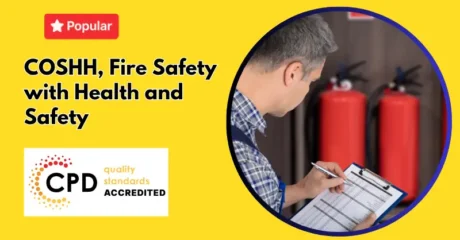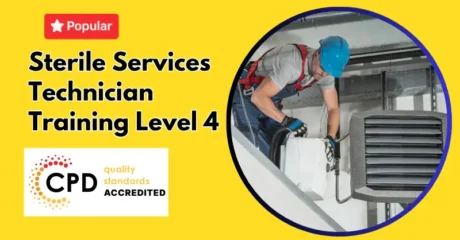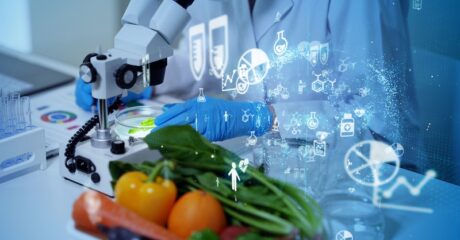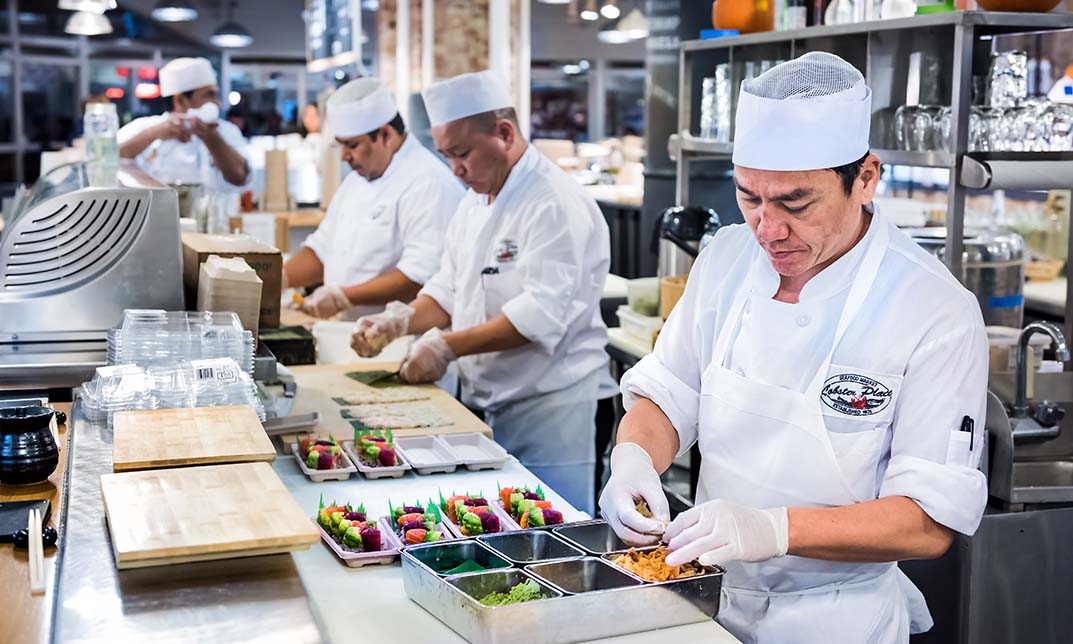 GIFT
GIFT
 Overview
Overview
Level 3 Diploma in Food Hygiene and Safety provides essential knowledge for those managing or supervising food operations. Through detailed modules covering contamination control, microbiology, legislation, and food safety management, this level 3 food hygiene course ensures learners can maintain exceptional hygiene standards in any catering or food production setting. Whether you’re pursuing the best level 3 food hygiene course or aiming to lead a compliant and safe food business, this level 3 diploma in food hygiene and safety online course offers in-depth insights to support your career progression and food industry responsibilities.
Following Courses are Included With This Course (For Free) - Limited Time!
 GIFT
GIFT
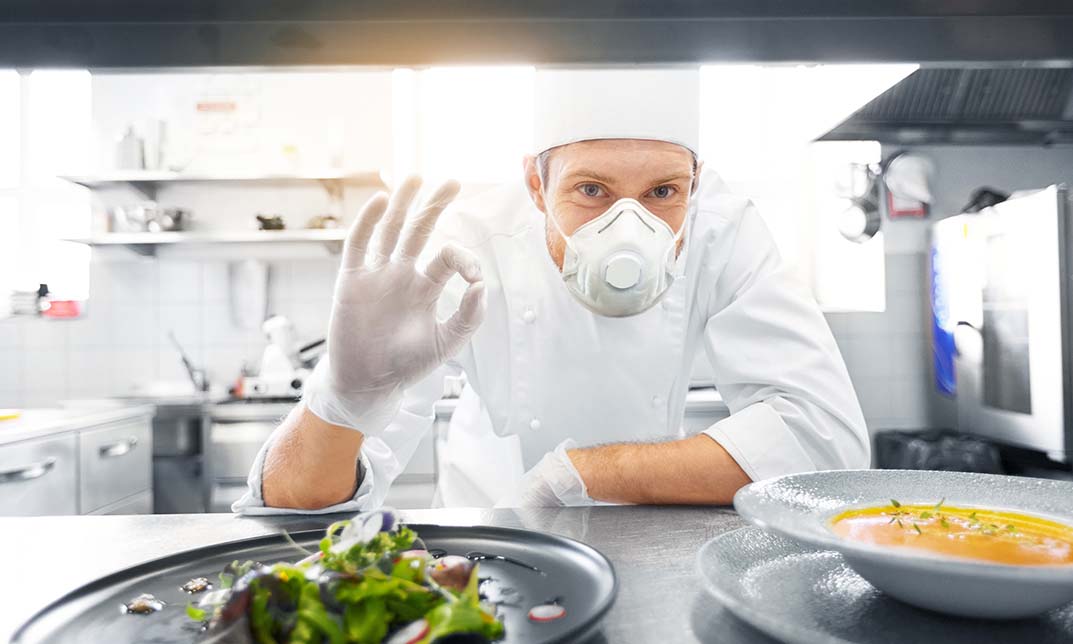 GIFT
GIFT
Level 2 Food Hygiene and Safety for Catering
 Course Description
Course Description
Food safety isn’t just a requirement—it’s a responsibility that defines the credibility of every business serving or handling food. The Level 3 Diploma in Food Hygiene and Safety helps learners confidently supervise hygiene practices, implement regulations, and uphold the highest standards of cleanliness and safety.
Throughout this level 3 food hygiene online course, you’ll explore critical areas including food contamination prevention, bacteria control, temperature management, and disinfection strategies. Each module—from microbiology to pest control—prepares learners to create a safe working environment while ensuring compliance with the latest food safety legislation.
This level 3 diploma in food hygiene and safety online course empowers food supervisors, catering professionals, and business owners to safeguard public health and protect their organisation’s reputation. For those seeking the best level 3 food hygiene course in the UK, this accredited programme ensures confidence, competence, and compliance—all delivered through a flexible level 3 diploma in food hygiene and safety online platform.
 Learning Outcome
Learning Outcome
- Interpret and implement food safety legislation effectively within food business operations.
- Develop supervisory competence in contamination control, cleaning, and disinfection processes.
- Apply advanced food safety management systems to maintain hygiene standards.
- Assess microbial risks and manage food-borne illness prevention measures.
- Establish safe procedures for temperature control, food preservation, and waste management.
 Who Is This Course For?
Who Is This Course For?
- Catering and hospitality supervisors seeking professional certification.
- Restaurant managers responsible for staff hygiene and compliance.
- Food manufacturing professionals overseeing production standards.
- Business owners wishing to meet UK food safety regulations.
- Individuals pursuing the best level 3 food hygiene course for career advancement.
 Certificate of Achievement
Certificate of Achievement
Earn Your Accredited Certificate with Transcript
Save 20% with the coupon code SKILL20
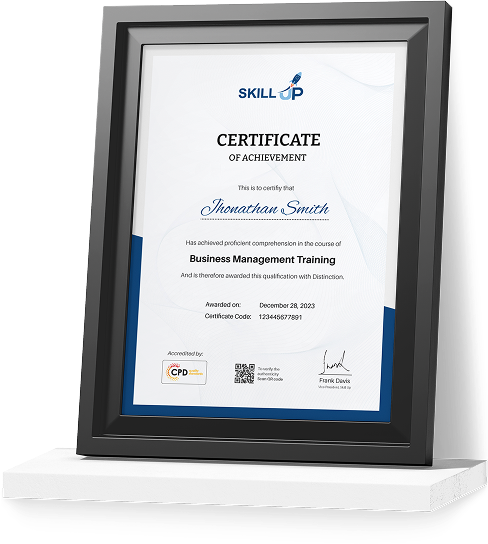
Show Your Certified Identity with a CPD-QS Certificate
Perfect for employers, clients, or academic verification.
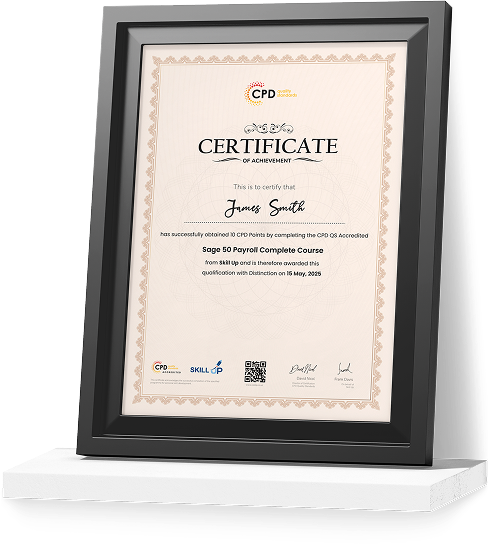
 Career Path
Career Path
- Food Safety Officer – Ensures compliance with hygiene regulations across facilities. Average Salary: £40,000 – £55,000
- Quality Assurance Manager – Oversees product safety and sanitation protocols. Average Salary: £45,000 – £60,000
- Catering Manager – Manages staff hygiene and operational food safety standards. Average Salary: £42,000 – £58,000
- Environmental Health Practitioner – Conducts inspections and enforces safety legislation. Average Salary: £43,000 – £62,000
- Food Production Supervisor – Coordinates hygiene and safety controls in manufacturing. Average Salary: £41,000 – £50,000
- Health and Safety Consultant – Provides expert guidance on food and workplace hygiene. Average Salary: £45,000 – £65,000
 Frequestly Asked Questions
Frequestly Asked Questions
The five essential food hygiene rules are designed to keep food safe for consumption and prevent contamination:
1. Cleanliness: Always wash your hands, utensils, and food preparation areas before and after handling food.
2. Separation: Keep raw and cooked foods separate to prevent cross-contamination.
3. Cooking: Cook food thoroughly to destroy harmful bacteria, especially meat, poultry, and seafood.
4. Chilling: Store perishable foods at the correct temperature (below 5°C) and refrigerate leftovers promptly.
5. Checking: Always check use-by dates and ensure food is stored properly to maintain freshness.
Food safety refers to the practices, procedures, and regulations that ensure the food we eat is free from hazards and safe for consumption. It involves controlling potential risks from biological, chemical, or physical contaminants during production, preparation, storage, and distribution. In the UK, food safety standards are governed by the Food Standards Agency (FSA), which sets strict guidelines for businesses handling food.
Food hygiene and safety together refer to the methods and practices that ensure food is handled, prepared, and stored in a way that prevents contamination and illness. While hygiene focuses on maintaining cleanliness during food handling, safety covers the broader systems that guarantee food is safe to eat—from sourcing ingredients to serving the final dish.
The terms food hygiene and food safety are often used together but have distinct meanings.
– Food hygiene focuses on cleanliness — washing hands, sanitising surfaces, and preventing cross-contamination.
– Food safety encompasses wider controls — including storage temperatures, cooking processes, and compliance with legislation such as HACCP (Hazard Analysis and Critical Control Points).
Basic food hygiene rules are the everyday actions that ensure food is safe to consume. These include:
– Washing hands thoroughly before handling food.
– Using clean utensils and sanitised work areas.
– Storing raw and cooked foods separately.
– Cooking food at the correct temperature.
– Refrigerating or freezing perishable items promptly.
When people ask, “What’s the difference between food hygiene and food safety?”, it’s important to note that hygiene is about practical cleanliness, while safety involves systematic risk control. Hygiene is one component of food safety, ensuring safe preparation and preventing contamination, whereas safety covers all measures—from sourcing and production to serving—that keep food fit for consumption.
Food hygiene and safety is the discipline that ensures food is prepared, cooked, and stored in conditions that prevent contamination and protect public health. In the UK, these standards are reinforced by the Food Hygiene Regulations 2013 and monitored by local authorities and the Food Standards Agency. They apply to all food businesses, catering services, and even home-based food handlers.
Curriculum
-
Module 01: Food Safety – Introduction
00:16:00
-
Module 02: Supervision of Food Safety
00:23:00
-
Module 03: Food Safety Legislation
00:20:00
-
Module 04: Food Safety Management Systems
00:19:00
-
Module 05: Food Safety Management Tools
00:14:00
-
Module 06: Microbiology
00:16:00
-
Module 07: Contamination Hazards
00:13:00
-
Module 08: Controlling Contamination
00:20:00
-
Module 09: Bacterial Food Poisoning and Food-Borne Illness
00:07:00
-
Module 10: Non-bacterial Food Poisoning
00:10:00
-
Module 11: Personal Hygiene
00:11:00
-
Module 12: Food and Temperature Control
00:10:00
-
Module 13: Checking, Verifying and Recording Temperature
00:08:00
-
Module 14: Food Spoilage and Preservation
00:09:00
-
Module 15: Food Premises and Equipment_ The Design and Construction
00:10:00
-
Module 16: Catering Equipment and Importance
00:12:00
-
Module 17: Waste Disposal, Cleaning and Disinfection
00:09:00
-
Module 18: Pest Management
00:09:00
-
Module 19: Food Safety Training for the Staff
00:10:00
-
Module 20: Reopening and Adapting Your Food Business during COVID-19
00:11:00
-
Get Your CPD Certificate
00:01:00
Offer Ends in

-
Duration:4 hours, 18 minutes
-
Access:1 Year
-
Units:21



.png) 3 Reviews
3 Reviews 315 Students
315 Students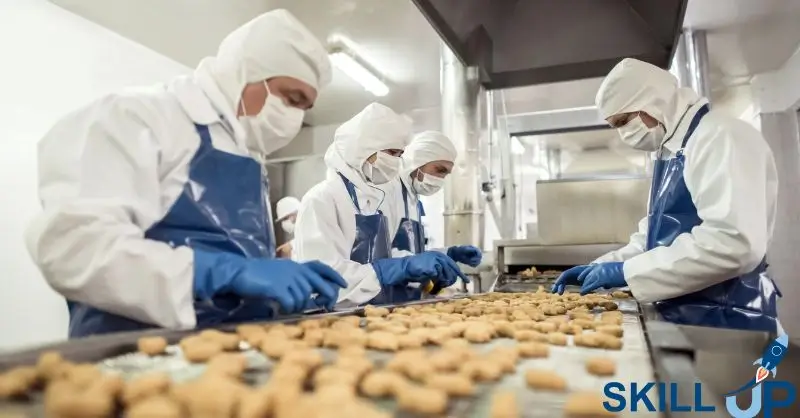
 All
Courses for £49
All
Courses for £49